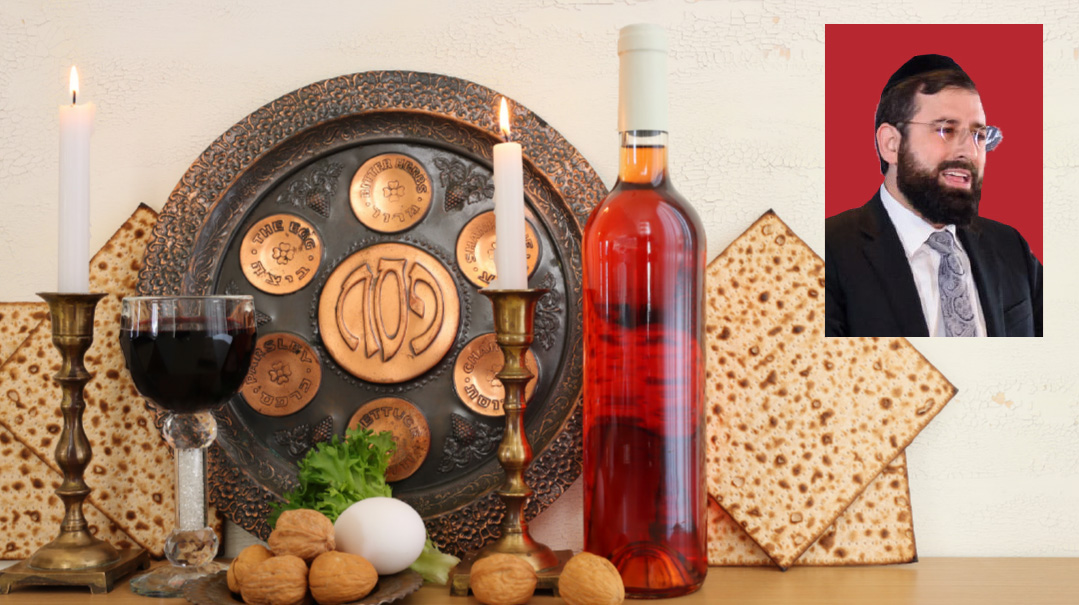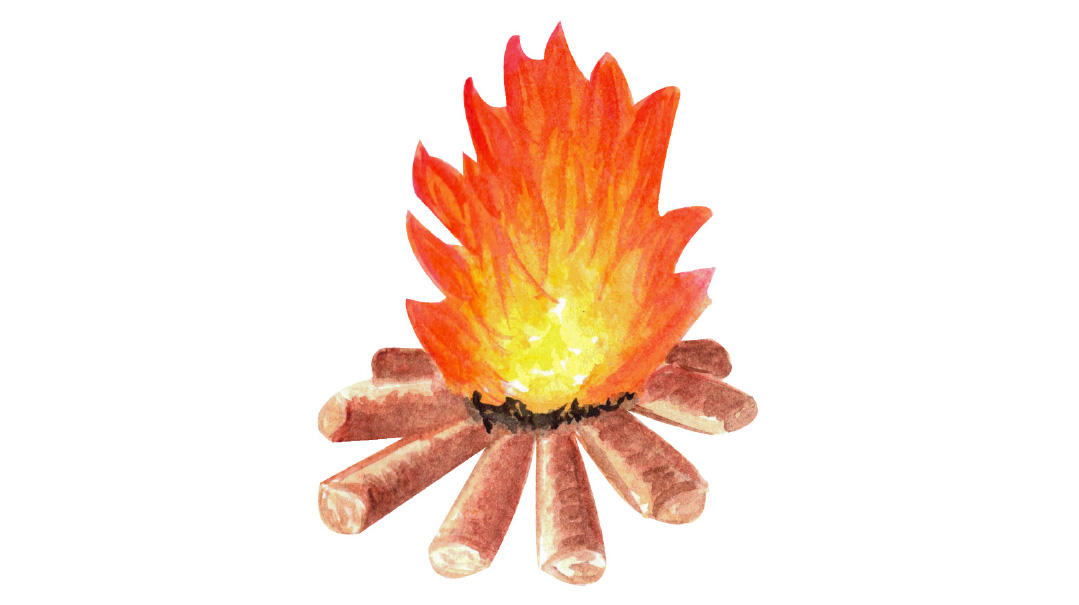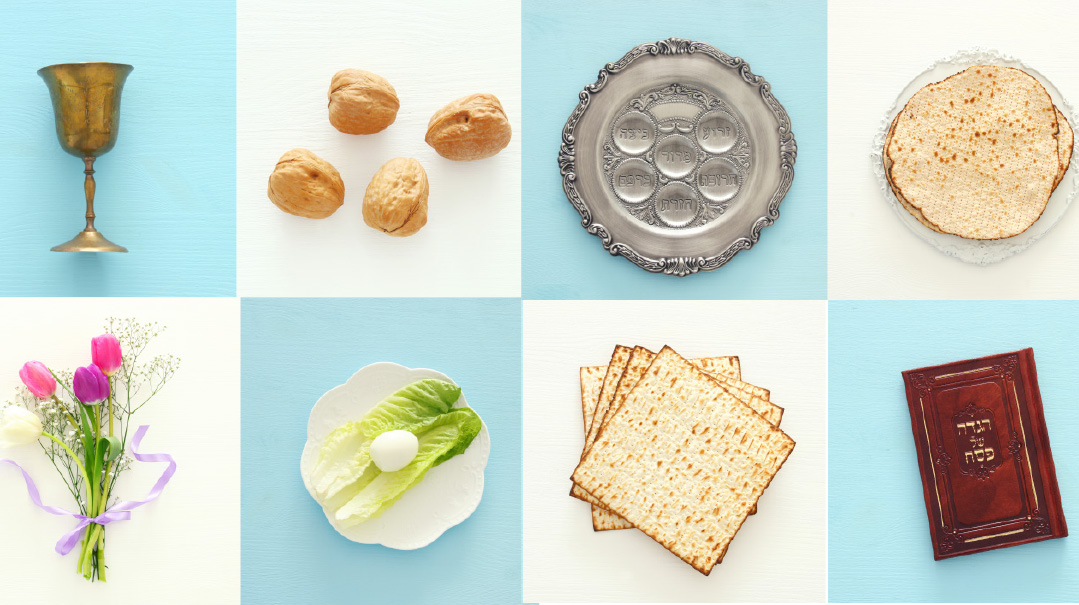Night of Retelling
| March 28, 2023“If there is a daily mitzvah to recall Yetzias Mitzrayim, what changes on Leil HaSeder?”

There’s a well-known question that Rav Chaim Brisker would ask regarding the mitzvah of sippur Yetzias Mitzrayim on Pesach night. The Torah explicitly mandates that we remember Yetzias Mitzrayim every single day. “L’maan tizkor es yom tzeischa mei’eretz Mitzrayim kol yemei chayecha — so that you should remember the day of Yetzias Mitzrayim for all the days of your life” (Devarim, 16:3).
If there is a daily mitzvah to recall Yetzias Mitzrayim, asked Rav Chaim, so then what changes on Leil HaSeder? In what way is the mitzvah on Pesach night distinguished from the general mitzvah of remembering Yetzias Mitzrayim? Or, shall we say, “Why is this night different from all the other nights?”
1
Rav Chaim himself presented three distinctions between the mitzvah of sippur Yetzias Mitzrayim on Pesach versus the daily mitzvah of zechiras Yetzias Mitzrayim. Firstly, he says, the mitzvah on Pesach is unique in that the discussion of Yetzias Mitzrayim is to be held specifically in question-and-answer form. As the pasuk says, “v’hayah ki yishalcha bincha — and it will be when your son asks you.”
The second distinction is that while the daily mitzvah merely requires us to remember the actual exodus from Mitzrayim, the mitzvah on Pesach is to recall the entire story, beginning with our forefathers descending to Mitzrayim and all the events that followed.
Thirdly, Rav Chaim points to the statement of Rabban Gamliel — “all those who do not say these three things has not fulfilled his obligation,” as another important feature that is unique to the mitzvah of Leil HaSeder. At the Seder, not only must we remember the story of Yetzias Mitzrayim, we must explicate the reasons for the Pesach, matzah, and maror. This requirement doesn’t exist throughout the rest of the year.
2
Let us offer an alternative approach to Rav Chaim’s question. The compendium with which we perform the mitzvah on Leil HaSeder is referred to as the Haggadah, which is simply translated as the “telling.” On Pesach, we are to tell the story of Yetzias Mitzrayim.
But we find that the term “haggadah” has another definition as well. As part of the Seder, we recite the pesukim that are recited upon bringing bikkurim. Those verses describe how Yaakov Avinu descended to Mitzrayim, and how we suffered through the galus until we were ultimately redeemed and brought to Eretz Yisrael.
In the midst of this recitation, we say, “u’vasa el haKohein… v’amarta eilav higadti hayom lifnei Hashem Elokecha… ki basi el ha’aretz — and you shall come before the Kohein… and you shall say to him that today I have told Hashem your G-d… that I have come to this land.”
The word “higadti” shares the same root word as “haggadah.” Presumably, this would mean that its translation should be, “I have told.” However, Targum Yonasan ben Uziel translates it differently.
“V’seimrun lei odinan yama dein kadam Hashem — and you shall tell him that I have offered thanks before Hashem on this day.” From here we see that the term “haggadah” can actually mean “thanks” or “gratitude.”
The Avudraham, in fact, explicitly writes that the word “haggadah” comes from the word odinan, meaning praise. On Leil Pesach we recite the Haggadah. According to Targum Yonasan and the Avudraham, this means that we offer hoda’ah. By sharing the story of Hashem’s miracles, we are expressing our personal thanks to Hashem for our national, and individual, salvation.
3
The Shem MiShmuel, quoting his father, the Avnei Nezer, points to the Targum Onkelus’s interpretation of the word “v’higadta.” The word the Targum Onkelos uses to define v’higadta” is “us’chavi” which means “and you shall show.”
This, writes the Shem MiShmuel, teaches us that the mitzvah of sippur Yetzias Mitzrayim is meant to be performed in a demonstrative format. Based on this definition, we can suggest that the mitzvah of sippur Yetzias Mitzrayim is more than just repeating the story. It is demonstrating the story.
The mitzvos of the Seder, says the Shem MiShmuel, which involve tangible actions, directly complement the mitzvah of sippur Yetzias Mitzrayim.
4
Yet another approach can be offered based upon the words of Rashi’s commentary on the words “v’higadta l’bincha.” Rashi understands this mandate to be directed to the eino yodeia lishol, the son who doesn’t know how to ask for himself.
The mitzvah of haggadah, Rashi explains, is to spark an interest in the child to the point where he is inspired to ask himself. In his words, “milamedcha shetiftach lo atah b’divrei aggadah hamoshchin es halev — to teach you to initiate with the words of aggadah that draw the heart.”
Rashi, in his subtle manner, is suggesting an entirely innovative interpretation for the word “haggadah.” According to Rashi, it stems from the word “aggadah,” which refers to divrei Torah that have the ability to “draw the heart.”
We find the root word “gad” being used in the context of “drawing” in various instances throughout Chazal. In hilchos succah and eiruvin, the Gemara discusses the principles of “gud assik” or “gud achis,” which mean that where a wall or barrier isn’t positioned in a halachically requisite manner, they can, at times, be “drawn up,” or “drawn down” in order to meet the halachic qualifications.
According to Rashi, the mitzvah on Leil HaSeder is not simply to tell the story of Yetzias Mitzrayim, but to tell it in a way that will draw the hearts of the listeners close.
Rabbi Daniel Glatstein is the mara d'asra of Kehilas Tiferes Mordechai in Cedarhurst, New York, and author of numerous seforim in Lashon Hakodesh and in English for ArtScroll. He is an international lecturer and maggid shiur. His thousands of recorded shiurim are available on Torahanytime.com, podcast, his website rabbidg.com, and other venues.
(Originally featured in Mishpacha, Issue 955.
Oops! We could not locate your form.







